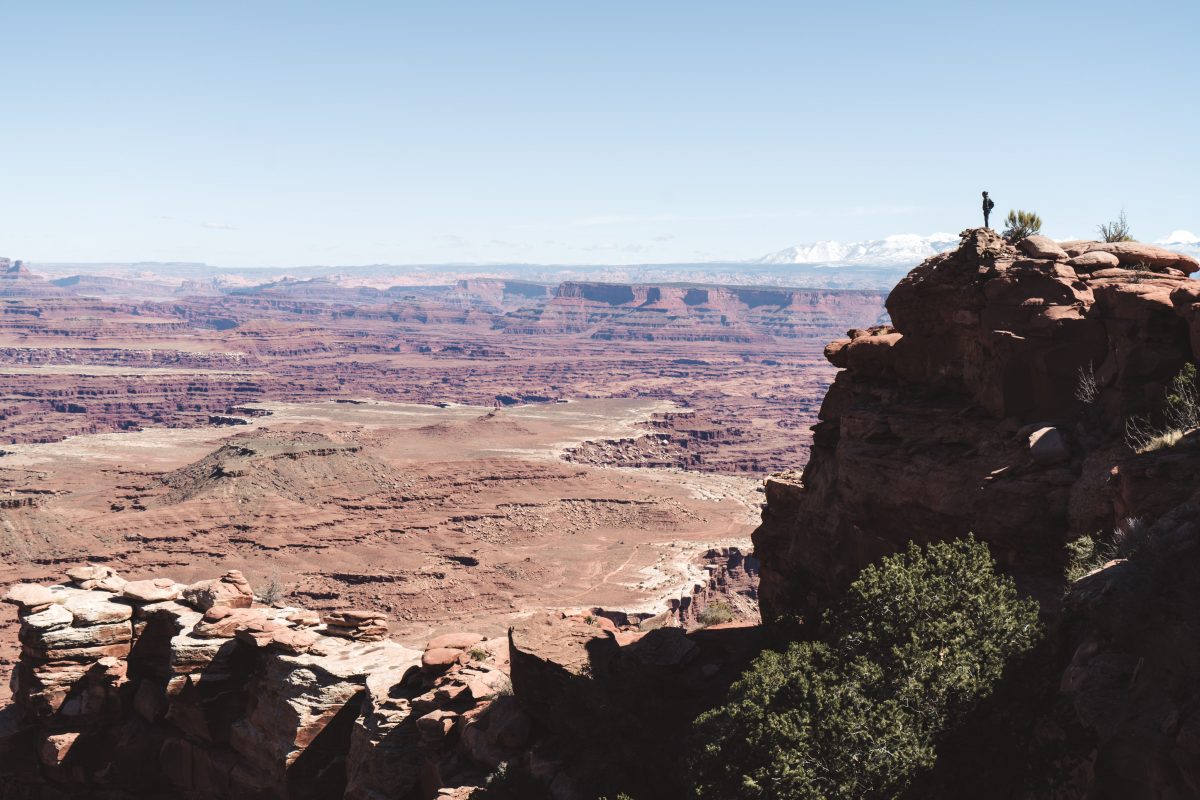Nearly 331 million people visited U.S. national parks in 2017. And while the year’s attendance fell just short of 2016’s record-setting total — by less than 90,000 visits — it represents an increase of 45 million visitors from 2014.
It’s obvious: Americans — and our international guests — are enjoying not only our country’s diverse, majestic and awe-inspiring natural places but our uniquely American system of public land. But while many find it easy to get to the parks, some are struggling to find their way out.
In 2017, search-and-rescue teams were deployed for a total of 3,453 incidents in national parks.
In 2017 — the last year for which search-and-rescue (SAR) data is available — SAR teams were deployed for a total of 3,453 incidents in national parks, according to data from the National Park Service (NPS); 3.5 percent resulted in fatalities. The majority of these — 563 — occurred in Lake Mead National Recreation Area, followed by the Grand Canyon with 290 and Yosemite with 233. Utah alone experienced a 68 percent increase in the number of such incidents from 2014 — the last time NPS released this data.
Tips for Safe Hiking
Don’t hike aloneTake a map and compass and know how to read both
Know your skill level and select an appropriate trail
Plan your route ahead of time and estimate how long it will take
Tell someone where you’ll be and when you’ll be back
Make sure your phone is charged
Stay on designated trails
Always be aware of your surroundings
Use a GPS-enabled app or GPS device
Always trust your instruments
Furthermore, in New York, forest rangers reported conducting approximately one SAR operation per day in 2016. That same year, a study by The Boston Globe revealed that every couple days in New Hampshire, a hiker goes missing.
These statistics are largely the result of inexperienced, unprepared hikers and backpackers heading into the wilderness without enough food or water, lacking proper gear or clothing, without knowledge of where they are going, or attempting to hike above their skill level. Causes of death range from exposure, to falls, to drowning, to weather-related causes. Overall, many SAR incidents are due to hikers underestimating Mother Nature and exercising poor judgement.
A 2009 study found that between 1992 and 2007, hiking was the most common activity requiring SAR assistance, with 48 percent of all incidents being hiking-related — followed by boating at 21 percent. Hiking was also the activity most likely to result in fatalities.
Men were the most likely to be the subjects of SARs in 2017 with 1,800 incidents versus women’s 1,300. (In 549 cases, the person’s sex was unknown.) And this predicament was not confined to any one age group; SARs were spread across all generations. Those most represented, however, were individuals 20 to 29 years old.
Dennis Lewon, editor-in-chief of Backpacker magazine, attributes much of this to increased exposure to photos of beautiful outdoor places on social media. He believes this leads more people — lured by nature’s beauty — to head into the wild without doing their research. In a snag, these amateur outdoorsmen and women often rely on their cell phones as their first line of defense. “They’re just calling for help because they can,” Lewon told NPR.
The cost of these operations last year exceeded $3 million — a sum that is shouldered by taxpayers.
The surge in SARs in recent years is taking its toll, both physically and financially, on NPS and its staff. At national parks nationwide, these operations involved 84,000 man hours — more than 12,000 of which were fulfilled by non-NPS employees such as volunteers or members of the U.S. military. The cost of these operations exceeded $3 million in 2017, according to NPS data — a sum that is shouldered by taxpayers.
Furthermore, between 1992 and 2007, an average of 11.2 SAR incidents occurred each day, costing approximately $895 per operation. Costs for all such operations during that time frame totaled $58,572,164 — money that could have been spent on badly needed maintenance and updates to infrastructure at national parks and monuments nationwide.
NPS currently faces $11-plus billion in deferred maintenance costs, which the U.S. Department of the Interior attributes to the spike in visitors in recent years. In fiscal year 2017 alone, deferred maintenance increased by $275 million, or 2.5 percent, due to an increase in park attendance.
With national park attendance increasing year after year, it’s likely the need for such upkeep and SAR operations will only grow. So, the next time you’re inspired by a friend’s photo of Zion National Park on Instagram, make sure you do your research, get in shape and show up at the trailhead prepared.





